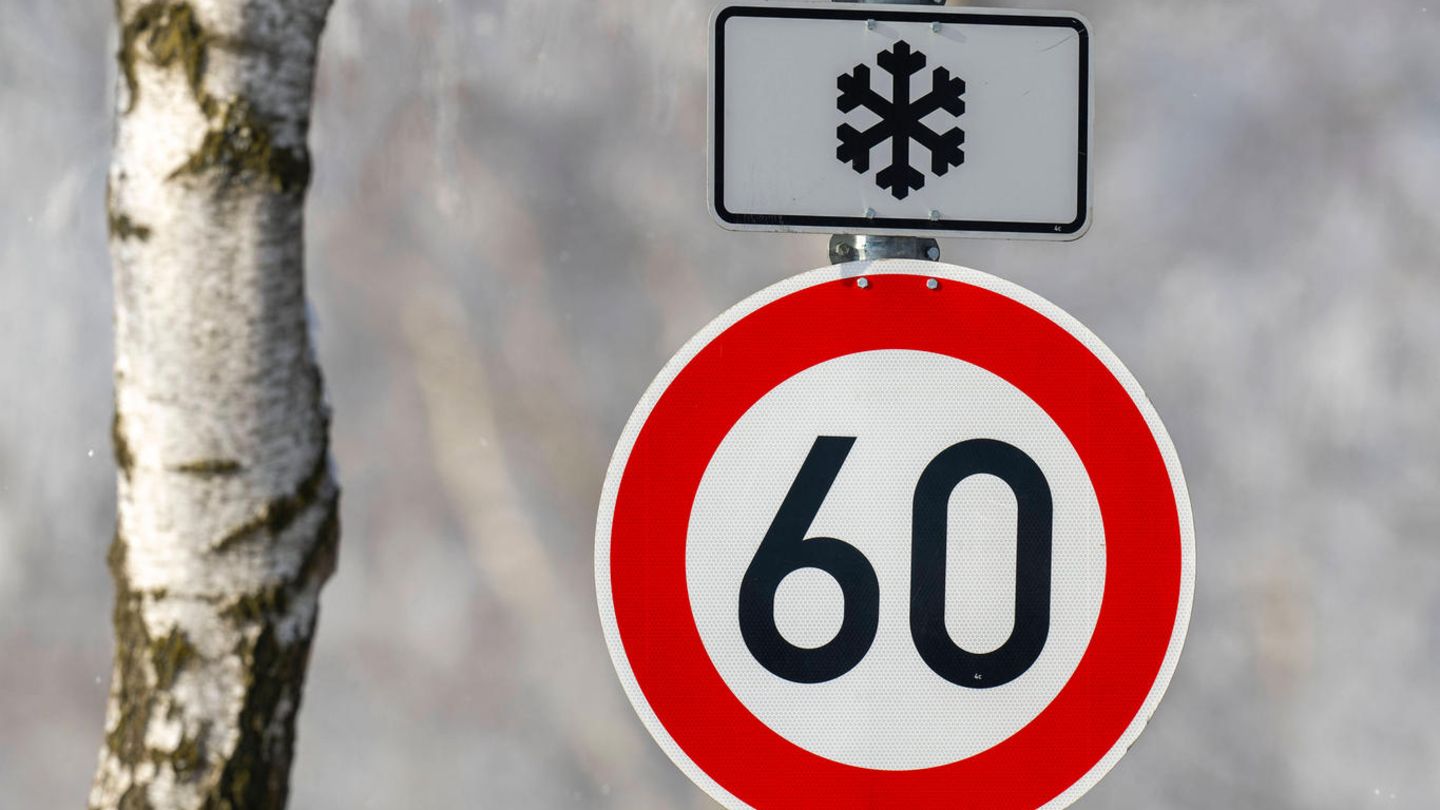Road traffic
Speed limit with snowflake sign: When does this actually apply?
Copy the current link
Does it apply or not? Many drivers ask themselves this question when it comes to a speed limit with a snowflake symbol. Most people would make the wrong decision – especially in summer.
There are countless special features in the German Schilderwald. Signs that only apply at certain times, for example. Or signs that only need to be observed in certain weather conditions. At first glance, the snowflake symbol above or below a speed limit also belongs in the latter category, right? This is always a topic of conversation as winter approaches.
Because driver logic says here: A snowflake must certainly limit the speed limit – so it only applies if the road is slippery or snowy. Bad news: That’s not true.
Strange and crazy traffic signs from all over the world – that’s what they mean
No, this sign does not mean that drunk drivers are common on this road – it indicates that the road can become slippery when wet.
© Panthermedia / Imago Images
Back
Further
Unlike the additional sign “when wet”, which really means that the respective speed limit only applies in wet conditions, drivers should simply ignore the snowflake all year round – because the speed limit always applies. Even in summer. Even at 40 degrees in the shade.
The speed limit applies
The regulations associated with the flake must therefore be followed in any case. The additional sign is not a restriction, but an explanation. Whatever reason it was deemed necessary, the snowflake is intended to explain that the speed limit is in place because it could be dangerous on the route.
Such sign combinations are often found on bridges or in forest areas. When there are drops in temperature and cold winds, the water can freeze over more quickly, which is why you have to drive more slowly there.
After all: Sometimes the speed limits can be found with the snowflake on variable message signs. In such a case, the restriction will of course only apply if it is displayed. But: Then it also has priority over all other regulations. If the sign is switched off, the general traffic rules or permanently installed traffic signs apply.
When is the street “wet”?
What’s actually more exciting is the question of when a road is “wet” enough for the additional sign “when wet” to put the specified speed limit into effect. Since the road traffic regulations are silent on this, you can refer to the Federal Court of Justice. At the end of the 1970s, he decided: “Since, according to common usage, mere moisture is not included, the road can only be described as wet if a layer of water, even if only a thin one, has clearly formed on its surface. The road must be completely covered with a film of water.”
Less clichéd: If vehicles form a spray plume and the entire road is covered by a film of water, it is wet. If you only see a handful of puddles on a dry road, it is not wet. Very easy.
Source: Stern
I’m a recent graduate of the University of Missouri with a degree in journalism. I started working as a news reporter for 24 Hours World about two years ago, and I’ve been writing articles ever since. My main focus is automotive news, but I’ve also written about politics, lifestyle, and entertainment.




